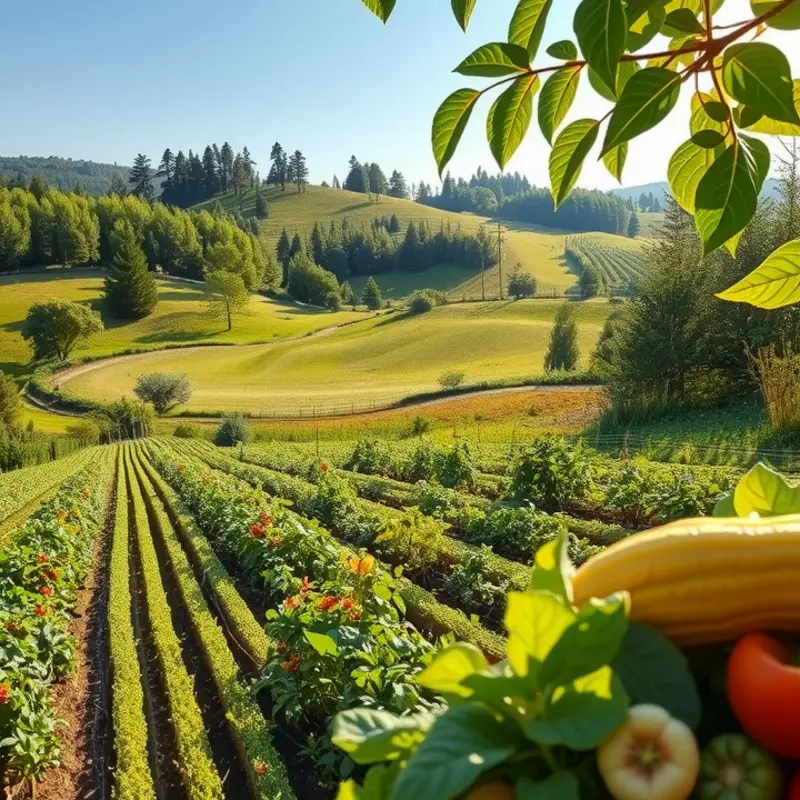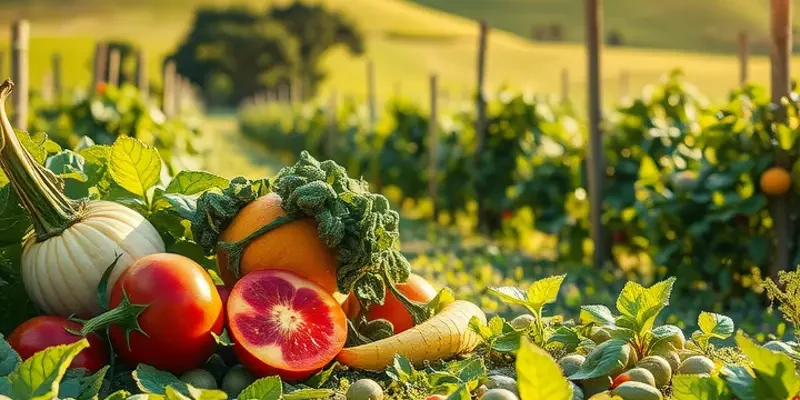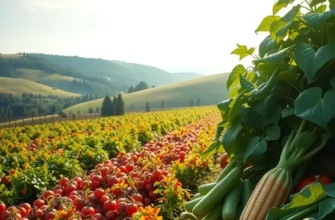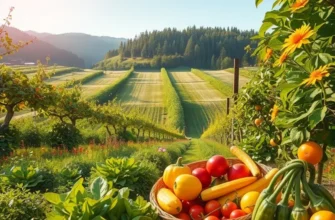Efficient food management begins at home, where tracking leftovers can significantly reduce waste and save money. With proven methods, anyone can optimize their kitchen practices—ensuring that perishable items are safely stored, consumed, and appreciated. This guide provides easy, actionable techniques to streamline meal planning and storage. Say goodbye to spoiled food and embrace a more sustainable lifestyle.
Mastering the Basics of Leftover Tracking

Tracking leftovers involves a mixture of organization, foresight, and a touch of creativity. The simplest yet most crucial step is labeling. Begin by investing in a set of adhesive labels and a waterproof marker. Label each container with the name of the dish and the date it was prepared. This practice allows you to keep track of the freshness of each item, reducing the likelihood of food waste.
In addition to labeling, effective storage is a vital element. Choose airtight containers that are transparent, enabling you to see the contents without opening each one. This not only preserves the quality but also serves as a visual reminder of what needs to be consumed first. To maximize space and efficiency, store leftovers with similar eat-by dates together on designated shelves. Implement a ‘first in, first out’ system to ensure older items are used before newer ones.
Utilizing practical tools in the kitchen can significantly enhance leftover management. Keeping a dry erase board or a sticky note pad on the fridge helps in keeping an inventory of available leftovers. List each dish and its expiry date for easy reference. This serves both as a reminder and a guide when planning your meals for the week.
Next, think creatively about transforming leftovers into new culinary experiences. Leftover rice can be transformed into a flavorful stir-fry or savory rice pudding. Remnants of roasted vegetables make a fantastic base for soups or salads. Explore eco-smart kitchen storage techniques to further enhance how you preserve and repurpose leftovers.
Another savvy strategy is to incorporate leftovers into your meal planning. When preparing the week’s meals, identify where leftovers can substitute fresh ingredients, saving both time and resources. As you plan, consider recipes that can seamlessly accommodate leftover ingredients without sacrificing flavor.
Avoid the temptation to throw leftovers into the back of the fridge and forget about them. Instead, regularly survey your fridge and assess what needs to be consumed soon. Engage family members by asking for their input on meal ideas that utilize what you have on hand. This not only fosters a sense of community but also distributes the workload of consuming leftovers.
Finally, while identifying potential recipes, don’t overlook the opportunities for creative substitutions. For example, leftover meat can easily substitute beans in many dishes, offering protein while preventing waste. When approaching your leftover management tactically, it becomes a rewarding practice that cuts down waste and brings new flavors to your table.
By embracing these techniques and tools, leftover management transitions from a chore to a culinary adventure. Master these basics and turn your kitchen into a sustainable haven.
Creative Ways to Repurpose Leftovers

Transforming leftovers into new culinary creations requires a blend of imagination and basic cooking techniques. It’s a chance to experiment with flavor combinations and discover surprising results. Let’s explore a variety of ways to creatively repurpose leftovers into exciting dishes.
One of the most versatile approaches involves embracing the art of casserole cooking. Combine various leftovers like roasted vegetables, cooked grains, and proteins with a creamy sauce or stock. Toss everything into a baking dish, top with breadcrumbs or cheese, and bake until golden. This method not only minimizes waste but also maximizes taste with minimal effort.
For those leftover grains like rice or quinoa, consider crafting a hearty grain salad. Add some chopped fresh or leftover roasted vegetables, nuts, and a zesty dressing. Incorporate whatever herbs you have on hand to elevate the dish. This combination not only refreshes the grains but also adds a nutritious element to your meal.
Stuffed vegetables offer another creative avenue. Scoop out bell peppers, zucchini, or tomatoes and fill them with a mixture of leftover rice, beans, or meats. A sprinkle of cheese or seeds on top can complete each stuffed delicacy. This method not only offers a vibrant presentation but also encourages the use of various components from your refrigerator.
For a refreshing twist, consider making savory waffles. Fold surplus mashed potatoes or cooked grains into a waffle batter. Cook as you would traditional waffles, and top with savory additions like smoked salmon or leftover roasted vegetables, transforming breakfast into an exciting main meal.
Leftover breads shouldn’t be overlooked. They can become the foundation of a delicious panzanella. Tear stale bread into chunks, and toss with ripe tomatoes, onions, and a vinegar-based dressing. Let it sit so the flavors marry beautifully, transforming stale bread into a sought-after salad element.
For those moments when you desire a lighter meal, consider incorporating various leftovers into a homemade soup or broth. Combine leftover meats, veggies, and pasta into a pot of stock. Season well, and let the mixture simmer to develop depth in flavor. Not only will this warm you up, but it also showcases the synergy of mixed leftovers.
Add an international flair to your leftover reinvention by crafting some leftover stir-fries. Utilize any combination of leftover proteins and vegetables, tossed in a wok with soy sauce, ginger, and garlic. Pair with cooked rice or noodles, and enjoy a quick yet fulfilling meal.
Pasta enthusiasts can rejoice as pastas often lend themselves well to leftover transformations. Consider turning excess cooked pasta into a pasta frittata. Mix it with beaten eggs, cheese, and any available herbs before baking until set. This approach not only minimizes waste but leaves you with an appealing and hearty dish.
Lastly, as you continue to explore new ways to revamp your leftovers, remember the significance of safe food storage practices to maintain quality and safety. To delve deeper into efficient storage methods, visit our guide on eco-smart kitchen storage, which offers tips for extending the freshness of your ingredients. These practices make your forays into leftover transformations even more rewarding.
Final words
Managing leftovers effectively not only preserves food quality but also contributes to a more sustainable kitchen environment. By implementing simple tracking methods and being open to creativity in the kitchen, you can minimize waste significantly. Consistently check your stored items, utilize clever labeling, and apply creative cooking techniques to transform yesterday’s meals into today’s culinary treats. With a little effort, anyone can achieve a more organized and eco-friendly approach to food management at home.







